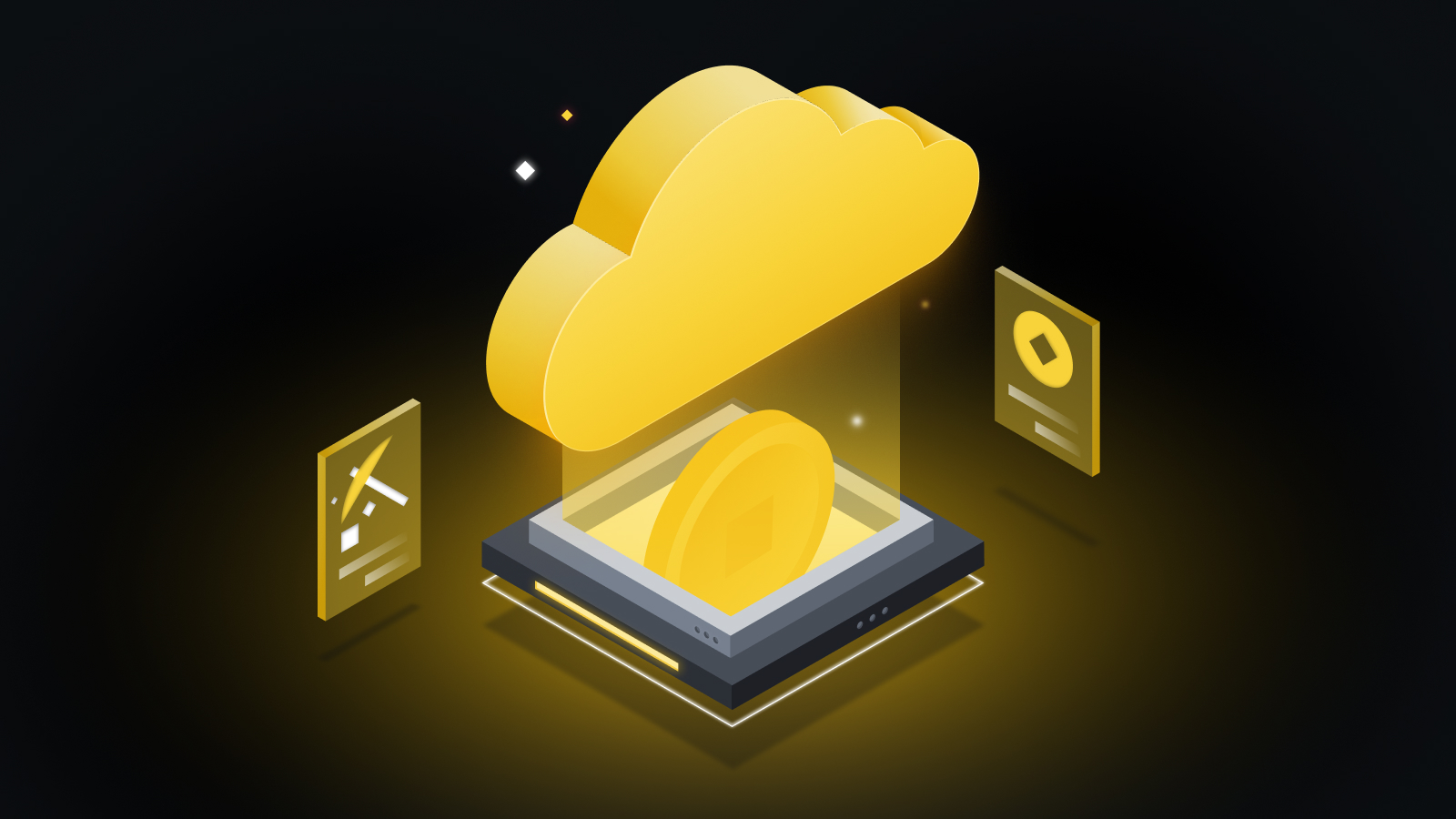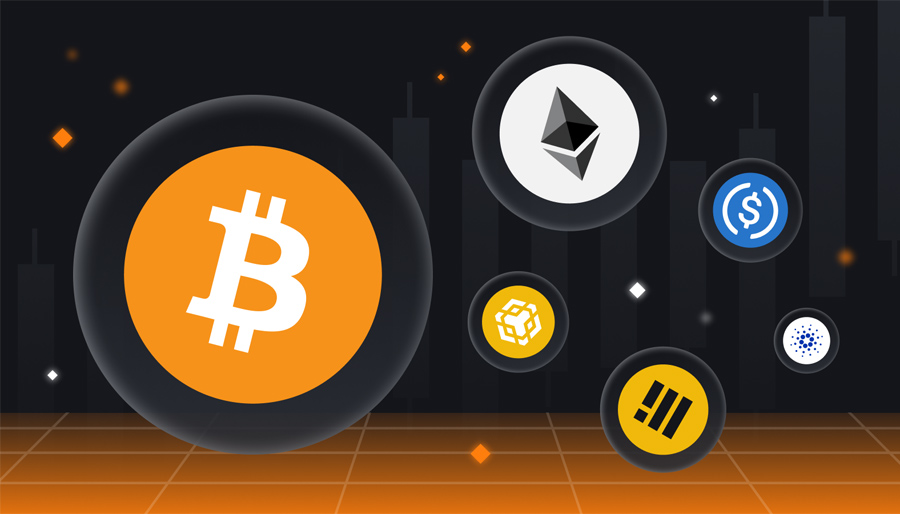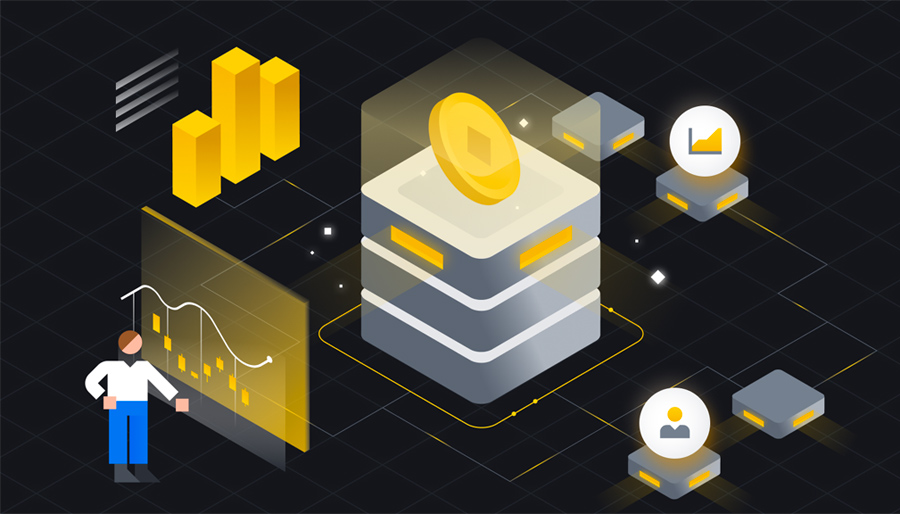What Is Cloud Mining in Crypto?
Cloud mining enables individuals to participate in cryptocurrency mining without the need to own or handle the mining hardware themselves. This approach has gained popularity due to its various benefits, particularly for those who lack the resources or technical knowledge to establish their own mining setups.
However, it is important to note that the cloud mining industry has also seen its fair share of scams and fraudulent activities. Therefore, it is vital to conduct thorough research and due diligence to ensure the legitimacy of a cloud mining company before investing any funds. By taking these precautions, individuals can mitigate the risks associated with fraudulent operations and make informed decisions when venturing into cloud mining.
What Is Cloud Mining?
Cloud mining revolutionizes the process of cryptocurrency mining by allowing individuals to partake in it without the need to own or oversee the mining hardware themselves.
Instead, users enter into agreements with specialized companies that own and manage the mining hardware and operations. By paying a fee, users can rent mining capacities from these companies. As the rented mining hardware successfully mines blocks, the resulting rewards are distributed among both the users and the company.
The term "cloud mining" draws inspiration from cloud computing, a concept that utilizes a network of remote servers hosted on the internet for data storage and processing, as opposed to relying on a local server.
In a similar vein, cloud mining enables users to rent a portion of the mining capacities offered by cloud mining companies. This means that the actual mining process takes place "in the cloud," rather than being reliant on users' personal computers.

What Is Cloud Mining in Crypto?
Understanding Different Mining Methods
To comprehend cloud mining fully, it is crucial to explore various cryptocurrency mining techniques. Apart from cloud mining, there exist alternative approaches to consider:
Solo Mining: Solo mining refers to the original method where an individual miner conducts mining operations independently. This method requires a significant upfront investment in hardware, specific to the targeted cryptocurrency. If a block is successfully mined, the miner receives the entire block reward and associated transaction fees. However, due to the increased difficulty of mining cryptocurrencies like Bitcoin, the chances of a solo miner successfully mining a block have substantially decreased.
Mining Pools: As mining difficulty increased, miners began pooling their computational resources to enhance their chances of mining a block successfully. Mining pools enable miners to combine their hash power and collectively solve computational problems. When a block is mined, the reward is distributed among the pool participants based on their contributed computational power.
ASIC Mining: Application-Specific Integrated Circuit (ASIC) mining involves using hardware systems specifically designed for mining particular cryptocurrencies. These systems are highly efficient but often expensive, commonly utilized in professional mining operations, and compatible with both solo mining and mining pools.
GPU/CPU Mining: Certain cryptocurrencies can be mined using regular CPUs (Central Processing Units) or GPUs (Graphics Processing Units). Initially, Bitcoin mining started with GPU and CPU mining. However, due to increased difficulty, GPU and CPU mining have become inefficient for Bitcoin but are still viable for other cryptocurrencies.
The effectiveness and profitability of these mining methods can vary based on several factors such as the cryptocurrency being mined, the hardware employed, electricity costs, network difficulty, and more.
Working Mechanism of Cloud Mining
Cloud mining operates by allowing individuals to rent or purchase a share of computing power in a dedicated data center designed for mining cryptocurrencies. Here is a step-by-step overview of how it typically works:
Choose a reputable cloud mining company: Thorough research is crucial to select a reliable cloud mining company since the market contains fraudulent operations. Take the time to verify legitimacy and credibility.
Select a suitable mining package: Cloud mining providers offer various packages based on the desired computing power and rental duration. Higher computing power entails greater potential returns but also higher costs.
Choose a mining pool (optional): Some cloud mining services allow users to select their preferred mining pool for participation.
Pay for the service: Payment for the chosen cloud mining contract is usually made in cryptocurrency, although some services may accept fiat currency.
Commence mining: Upon payment, the cloud mining service configures and maintains the mining hardware, initiating the mining process. Users' share of processing power contributes to mining cryptocurrencies.
Receive mining rewards: Mining rewards are distributed among users based on their ownership of the total processing power. To receive these rewards, users must set up a compatible wallet for the specific cryptocurrency being mined.
Essential Metrics in Cloud Mining
When engaging in cloud mining, several critical metrics should be considered to evaluate potential profitability and feasibility. These metrics include:
Hash rate: The hash rate measures the number of calculations a miner can perform per second. Higher hash rates increase the likelihood of finding the next block and receiving rewards. Hash rates are represented in units such as kilohash (KH/s), megahash (MH/s), gigahash (GH/s), terahash (TH/s), petahash (PH/s), and exahash (EH/s).
Energy consumption: Mining operations consume significant amounts of energy, contributing to operational costs. The efficiency of a mining setup is measured in joules per terahash (J/TH), indicating the energy consumed per computation. Lower J/TH values indicate higher efficiency.
Cost per hash: This metric determines the cost of the cloud mining contract divided by the total hash power. It helps compare different cloud mining contracts or companies by revealing the cost per unit of mining power.
Mining difficulty: Mining difficulty signifies the level of challenge in finding the next block in the blockchain. It adjusts over time based on the number of miners. Higher difficulty requires more hash power to mine the same amount of cryptocurrency.
Block reward: Block reward represents the amount of cryptocurrency received for successfully mining a new block. Understanding this metric is crucial, as it directly impacts potential earnings. Some cryptocurrencies, like Bitcoin, undergo "halving" events every four years, halving the block reward.
Price of cryptocurrency: The current market price of the mined cryptocurrency significantly affects mining profitability. Fluctuations in price directly impact the returns received from cloud mining.
Pool fees: Participating in a mining pool through a cloud mining contract often incurs fees. Awareness of these fees helps assess potential earnings accurately.
By comprehending these metrics, individuals can make informed decisions regarding participation in cloud mining and selecting the most suitable contract or company.

Advantages of Cloud Mining
Cloud mining offers several advantages, especially for individuals lacking resources or technical expertise to establish their independent mining operations. Here are some key benefits:
No technical knowledge required: Cloud mining eliminates the need for technical knowledge, as the cloud mining company manages all aspects. Users only need to rent or purchase mining capacities from the company.
No upfront hardware costs: Cloud mining removes the financial burden of investing in expensive mining hardware that may quickly become outdated. Users simply rent the hardware, alleviating the need for substantial upfront investments.
No heat or noise concerns: Traditional mining setups generate substantial heat and noise, which can be problematic when operating equipment at home. Cloud mining eliminates these issues as the hardware is located in dedicated data centers.
Provides a passive income: Once the cloud mining contract is paid for, the mining company handles all operations, enabling users to earn cryptocurrency rewards without active involvement.
Risks of Cloud Mining
While cloud mining presents numerous advantages, it also entails certain risks and potential drawbacks:
Scams and fraud: The cloud mining space has witnessed numerous scams and fraudulent activities. Prior research and due diligence are essential to ensure the legitimacy of a cloud mining company before investing funds.
Potential for lower profits: As cloud mining involves paying for a service, potential profits can be lower compared to mining with self-owned hardware. Costs incurred by the company are passed on to customers, impacting profitability. In some cases, buying the cryptocurrency directly may yield higher returns.
Lack of control: Opting for cloud mining relinquishes control over the mining process. The cloud mining company determines which cryptocurrency to mine and when to sell. Potential profits can be at risk if the company faces legal issues, technical difficulties, or goes out of business.
Potential for lower transparency: Certain cloud mining companies lack complete transparency regarding their fees, mining operations, or other crucial details. This lack of transparency can hinder accurate estimations of potential profits and risks.
Market volatility: Cryptocurrency values are highly volatile, and the cryptocurrency earned through cloud mining can experience significant price fluctuations. This volatility directly impacts the return on investment.
Regulatory risks: Cryptocurrency and mining activities are subject to varying legal frameworks across jurisdictions, which may change over time. Compliance with relevant laws and regulations in the user's country and the cloud mining company's base of operations is crucial.
Conducting thorough research and carefully considering potential risks and rewards are essential steps before engaging in cloud mining.
Are you a beginner interested in learning about blockchain, cryptocurrency, security, technology, or following tutorials? Look no further than Tradey Academy! We offer comprehensive resources on all these topics and more. Whether you want to understand the basics of Bitcoin, explore the intricacies of blockchain technology, or learn about the latest security measures, Tradey Academy has you covered. Our tutorials provide step-by-step guidance to help you navigate the world of cryptocurrencies with confidence. Join Tradey Academy today and embark on your journey to become a knowledgeable and savvy cryptocurrency enthusiast. Start learning and exploring with us at Tradey Academy, your ultimate educational platform.
Editor: James Felix
Source: https://academy.binance.com/en/articles/what-is-cloud-mining-in-crypto



